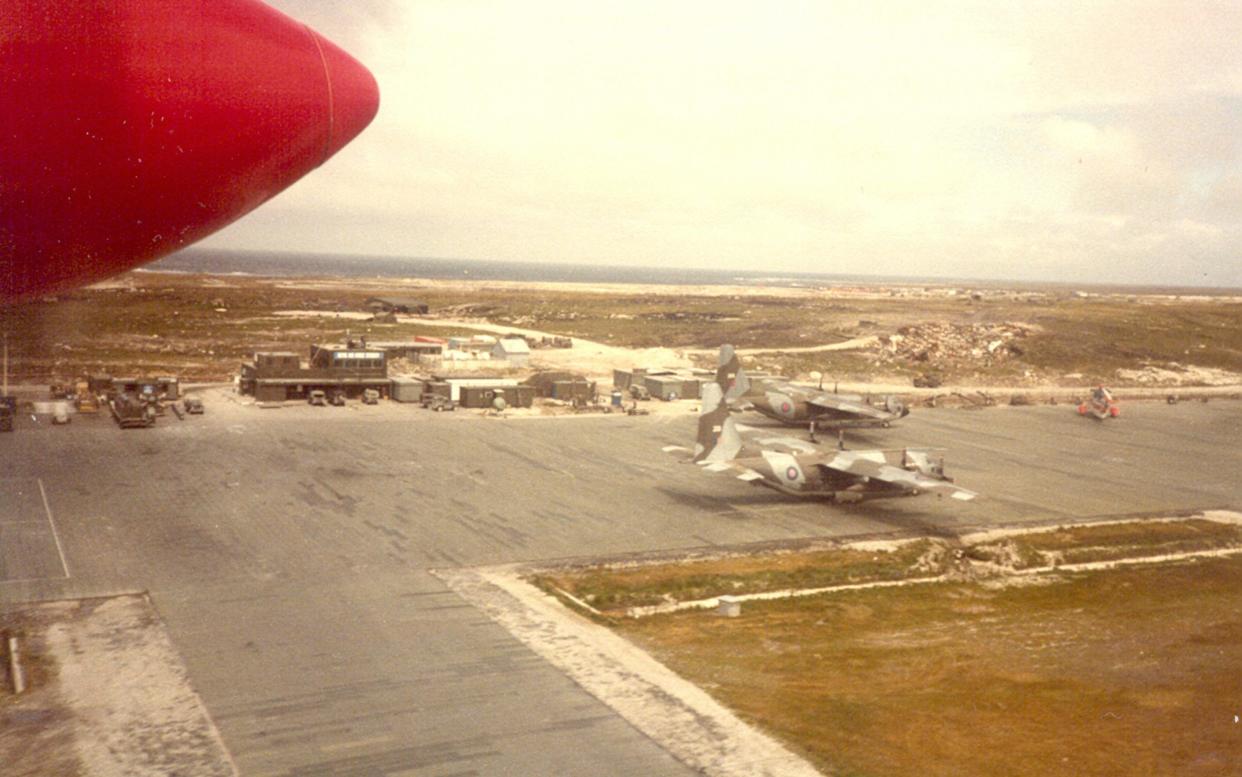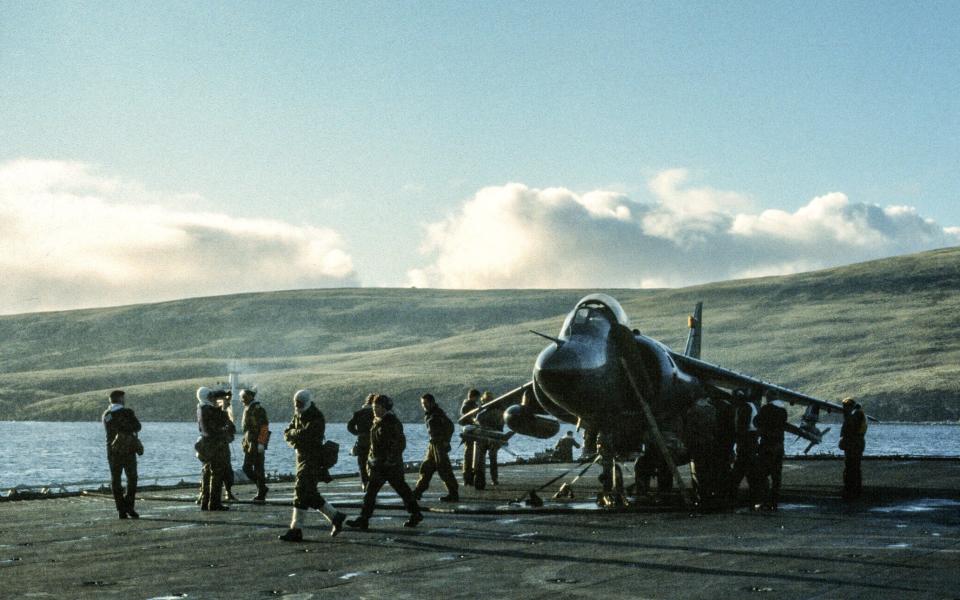Foreign Office feared accidental airliner shoot-down over Falklands

Tensions between the UK and Argentina over the Falkland Islands could lead to the accidental shooting down of a civil airliner by RAF fighters over the islands, Foreign Office officials privately warned in 1983.
To protect the Falkland Islands in the aftermath of the 1982 war, the RAF maintained several F4 Phantom jet fighters on quick-reaction alert duty at Port Stanley airfield, which were regularly scrambled to chase away Argentine military aircraft probing the airspace around the Falklands area.
But previously secret British government files have now revealed that in November 1983 the Foreign Office expressed concerns that an RAF pilot might mistake a civil aircraft for an Argentine spy plane and shoot it down.
The concerns were raised by the Foreign Office in the wake of the shooting down of a South Korean 747 airliner on Sept 1 1983 by a Soviet interceptor, killing all 269 on board, after the plane was apparently mistaken for a US military reconnaissance aircraft when it inadvertently strayed into Soviet airspace.
The Foreign Office feared a similar incident could occur in the South Atlantic, particularly as the Argentine Air Force used Boeing 707 airliners – the same aircraft type as operated by Argentina’s national civil airline – on intelligence-gathering flights close to Falklands’ airspace.

On Nov 28 1983, the Foreign Office Falkland Islands Department wrote to the Ministry of Defence (MoD): “In the aftermath of the Korean airliner disaster, we have been looking closely at the questions it might raise for us in the Falkland Islands. In particular, we have been examining the ROE [rules of engagement] for the Falkland Islands Protection Zone.”
The letter went on to warn: “The ROE as they stand appear to us to offer scope for military action against civil aircraft which could have the most serious political consequences.”
In light of the South Korean airliner tragedy, the government sought assurances that only after a senior minister or the prime minister herself had been consulted would an RAF pilot engage an intruding Argentine aircraft.
However, after consulting with the MoD, the Foreign Office reported back to the Cabinet that “there is no provision for the RAF aircraft commander tracking the intruder to refer to a senior officer or a minister before launching an attack. The relatively short distances involved in the Falklands would, of course, make this difficult”.
The officials from the Foreign Office investigating the matter also made clear their concerns about the legal implications if an RAF fighter did intercept and shoot down a civil aircraft near the Falklands.
“Our legal advisers take the view that, quite apart from the political consequences of shooting down an Argentine civil aircraft, we would have difficulty defending such an action in terms of international law,” the Foreign Office memo said.
The Foreign Office and then attorney-general Sir Michael Havers recommended that the rules of engagement be brought into line with those applying to UK airspace, which dictated that only if an intruding aircraft was deemed to be “demonstrating hostile intent”, and the PM or one of her senior ministers had authorised such action, could the aircraft be engaged and shot down.

